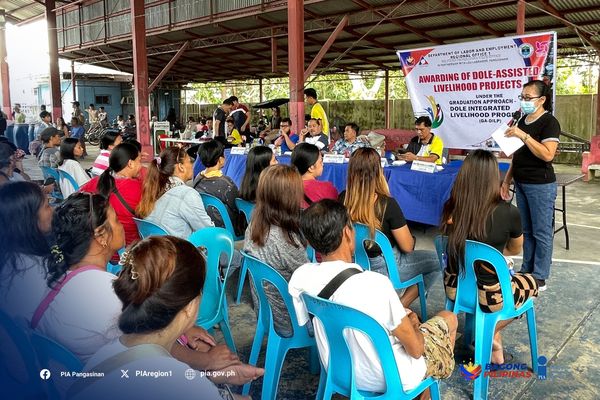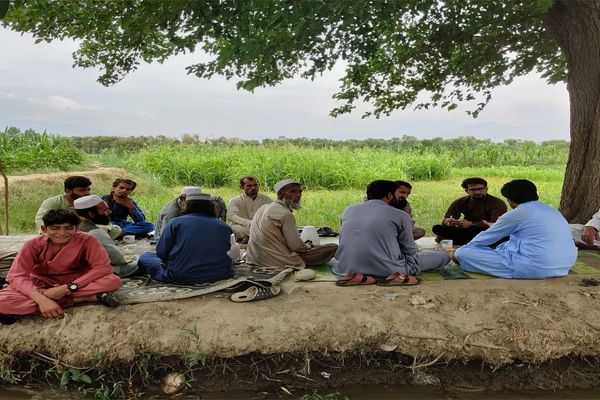Unprecedented Rains Displaces Thousands in Afghanistan
Date: 7 Sep 2022
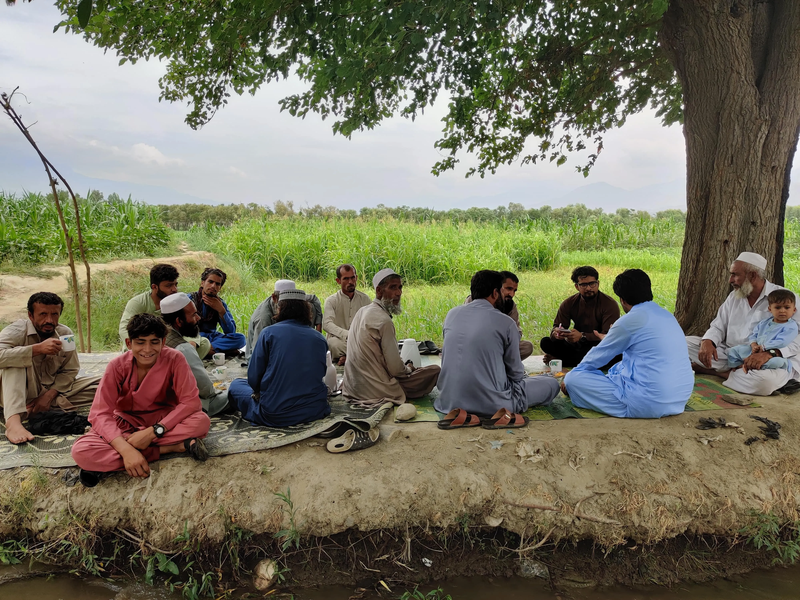
Over the past few weeks, Afghanistan has been hard hit by torrential rain and flash flooding, destroying homes as well as infrastructure, and leaving thousands of people in need of urgent assistance in a crisis-affected country.
Afghanistan has been hit by heavy rains, resulting in flash floods and landslides that have affected over 110,000 people across 10 provinces, swept away thousands of homes, and injured hundreds more. Afghanistan has been reeling from multiple natural disasters this year, including a devastating earthquake that killed more than 1,000 people in June. The nation has been largely cut off from the international financial system since the Taliban took over a year ago.
During my visit to Afghanistan in early July of 2022, I had the chance to speak to residents of a community in Laghman province that is also familiar with the destruction brought forth by frequent flooding. The water levels were still relatively low at the time. The head of the Community Development Council (CDC) and a few of the community elders were kind enough to accompany me on a transect walk through their village.
When I inquired about Early Warning Systems (EWS) in the village, which are generally put in place to help communities get ready for the evacuation/ relocation procedure during abrupt floods, it was clear that the residents here lack a formal EWS. The head of the CDC mentioned that they occasionally rely on resting their ears on rocks to hear the vibrations of the water coming in from miles away, but that may not be the best method of being ready for what is to come. He added that before the de-facto government came into power, the government would help with evacuation and dry food supplies.
Many of the residents I spoke to expressed that it is difficult to sustain their livelihoods since the water damages the crops that have been harvested, while also rendering their farming land unsuitable for planting. Climate-related problems, such as soil erosion, salinization, and other crop diseases, make it even more difficult for them to make money from their land once the water levels recede. This is a major problem because they do not have any means to store their grains. One resident mentioned that in a neigbouring village an NGO provided the residents with seed money to buy a cold storage that allows them to prepare better for times of food shortages. The villagers were able to contribute to its purchase through village saving schemes and did not suffer as much as others during such difficult times. A community-elder mentioned that because the villagers were unfamiliar with sustainable agriculture methods, developing their skills in this area might potentially make a significant difference.
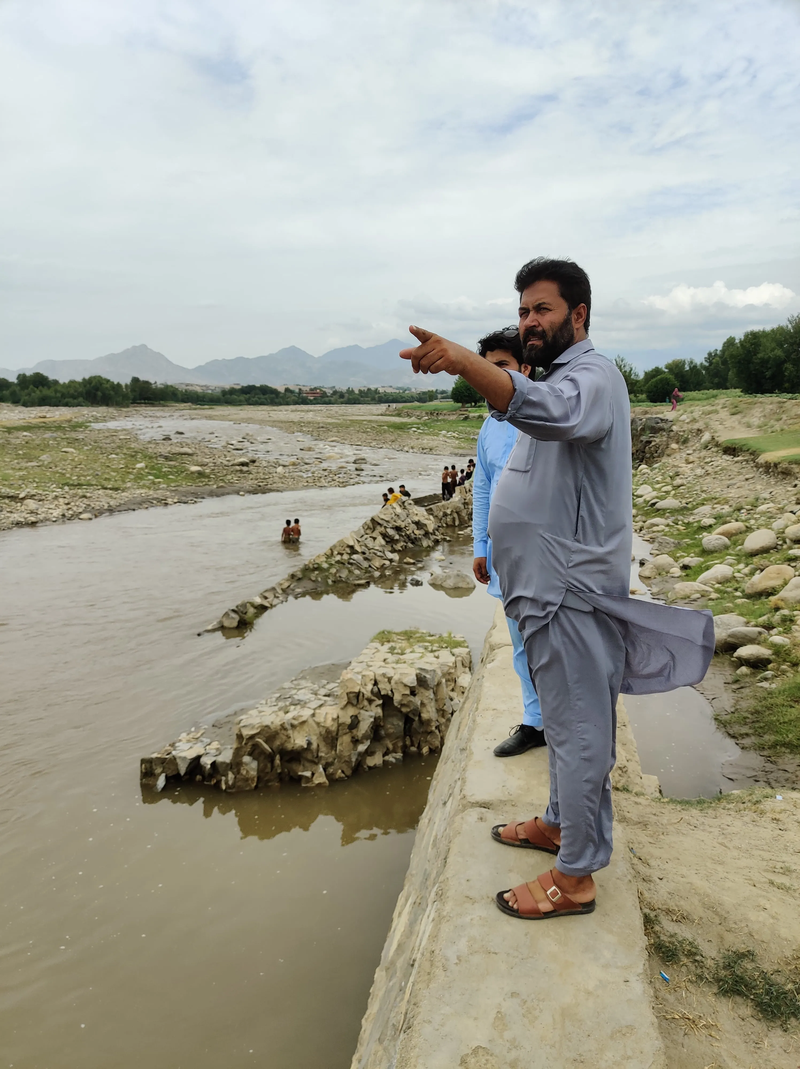
“I’ve lived here my entire life and can tell you that flooding has become more frequent in recent years. We used to be able to predict when it would happen, but that is no longer the case.” – said Head of CDC
As a result of the abrupt onset of flash flooding, the protective walls constructed to stop water from leaking into the community are damaged. Due to the limited financial resources of the community and lack of assistance from relevant authorities, repairing it is fairly difficult. He pointed towards the protection wall and said that although they strive to fix it each year, the structure cannot withstand the rising frequency of floods.
The damage to latrines make it especially hard for women and children to cope. A majority of the children fall sick from water-borne diseases, like diarrhea. A young man portrayed the use of his cloth to filter dirty water to demonstrate how residents of the community prepared drinking water during floods.
It is clear that there are a lot of opportunities for capacity building of flood prone communities like Tegari Qala E Alam Khan. Communities can form volunteer groups to support the evacuation process, they can be trained on conducting search and rescue operations, basic first aid etc. To achieve stronger communal financial stability, village savings and loan associations can be established. The savings from these organizations can be used to restore infrastructure that has been damaged, like the protection walls, for instance.
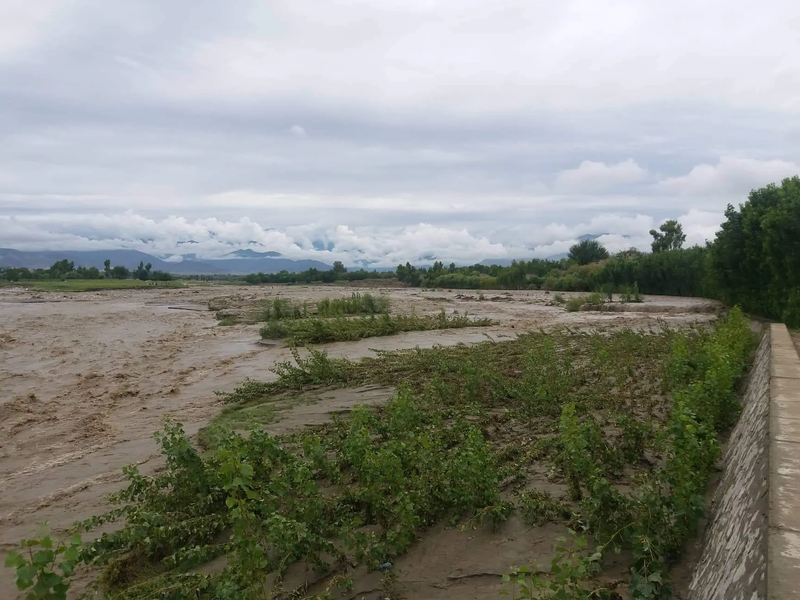
It’s August now. A colleague sent me a photo of the exact spot where the CDC representatives stood to show me the protection wall. The water has now completely inundated the village, and all of the residents have either been evacuated or forced to relocate to drier parts of the province, without any idea when they will be able to return and relive this vicious cycle.
During the Afghanistan earthquake in June 2022, BRAC responded to four of the most affected villages in Paktika province’s Barmal district, assisting 250 households by distributing emergency food and essential items such as flour, sugar, milk powder, biscuits, tea, beans, oil, and water purification tablets, blankets, cooking pots, jerry cans, hand washing soaps, cloth washing soaps, and soft cotton cloths for females. To learn more about BRAC’s approach to disaster risk reduction, emergency preparedness, and response, please visit our website https://bracinternational.org/humanitarian-programme/

Akib Haider Chowdhury is the Programme Support Coordinator for BRAC International’s operation across the Asia region. He has developed emergency preparedness plans for BRAC’s country offices in the Philippines and Afghanistan and also functions as a member of the Emergency Operation Centre for BRAC’s Emergency Response Team (ERT). In addition, Akib also holds the experience of implementing an emergency preparedness and response project in Myanmar, Uganda, and Sierra Leone which involved the capacity building of local communities, representatives of the local government, and BRAC Staff. During the early stages of the COVID-19 crisis in 2020, Akib served as BRAC International’s COVID-19 focal person, leading the knowledge management and situation reporting process for all BI countries of operation.
Featured

The Graduation Approach: Inside BRAC's Blueprint to Tackle Extreme Poverty
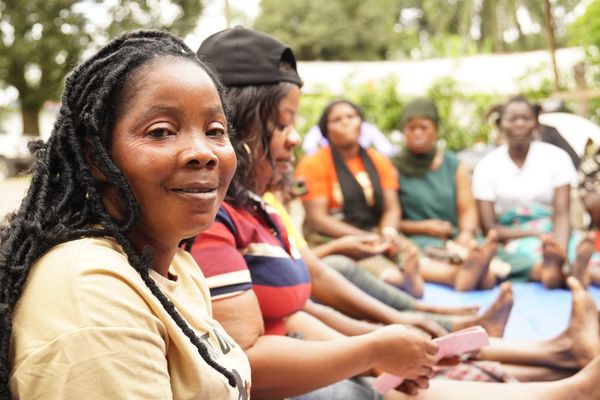
BRAC Liberia Microfinance wins continental acclaim, ranked second for transforming lives
